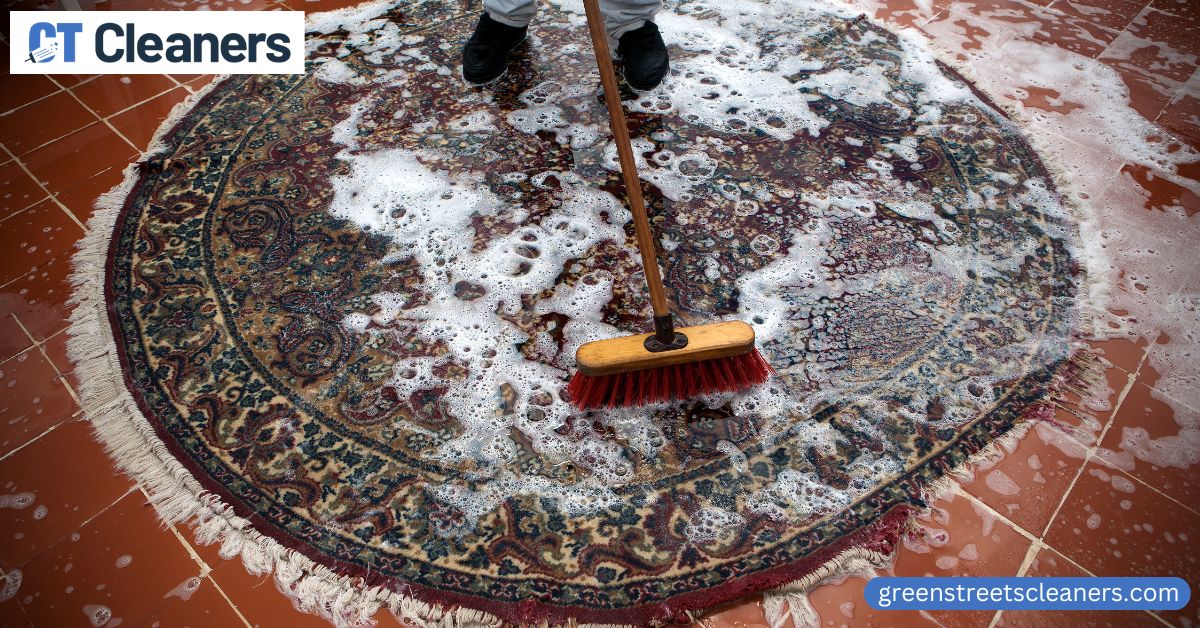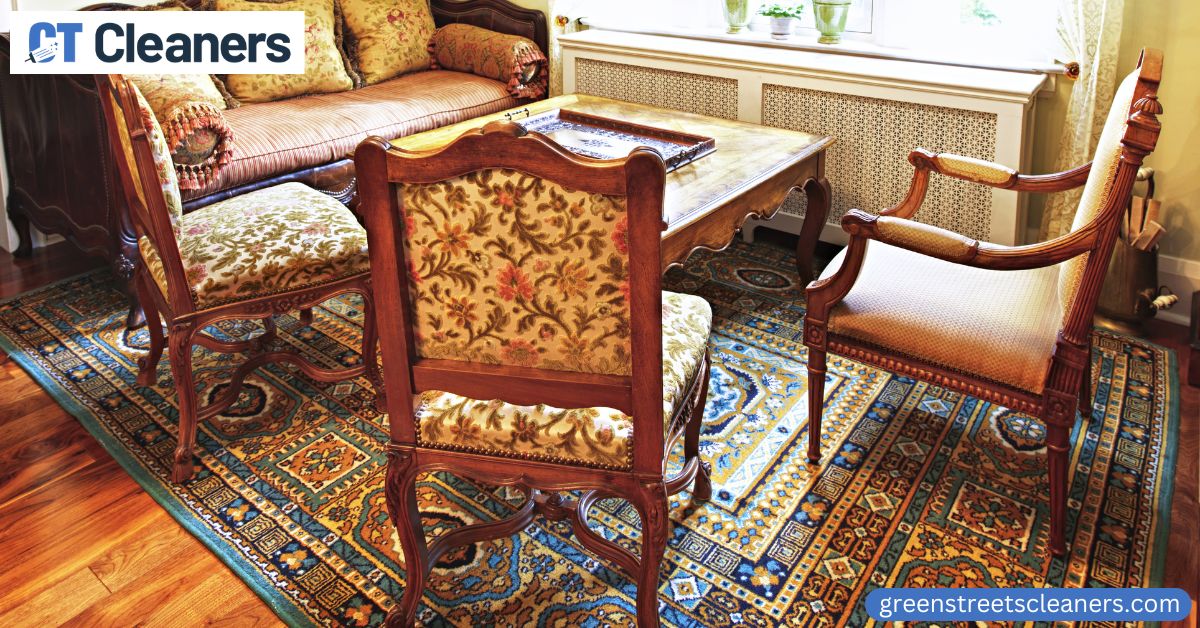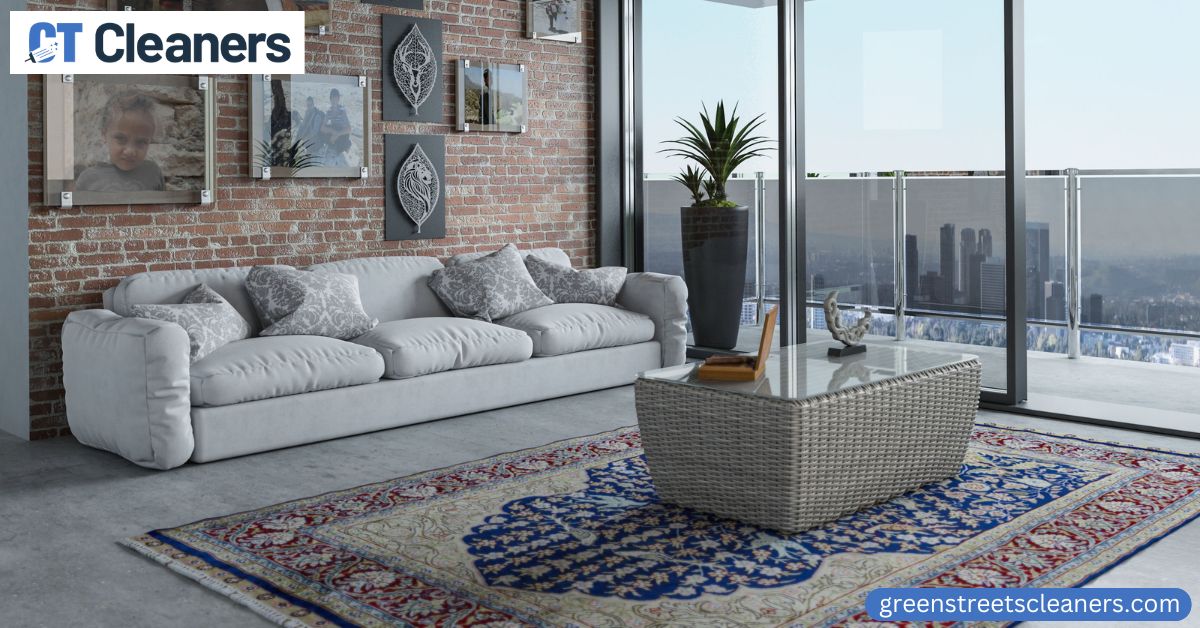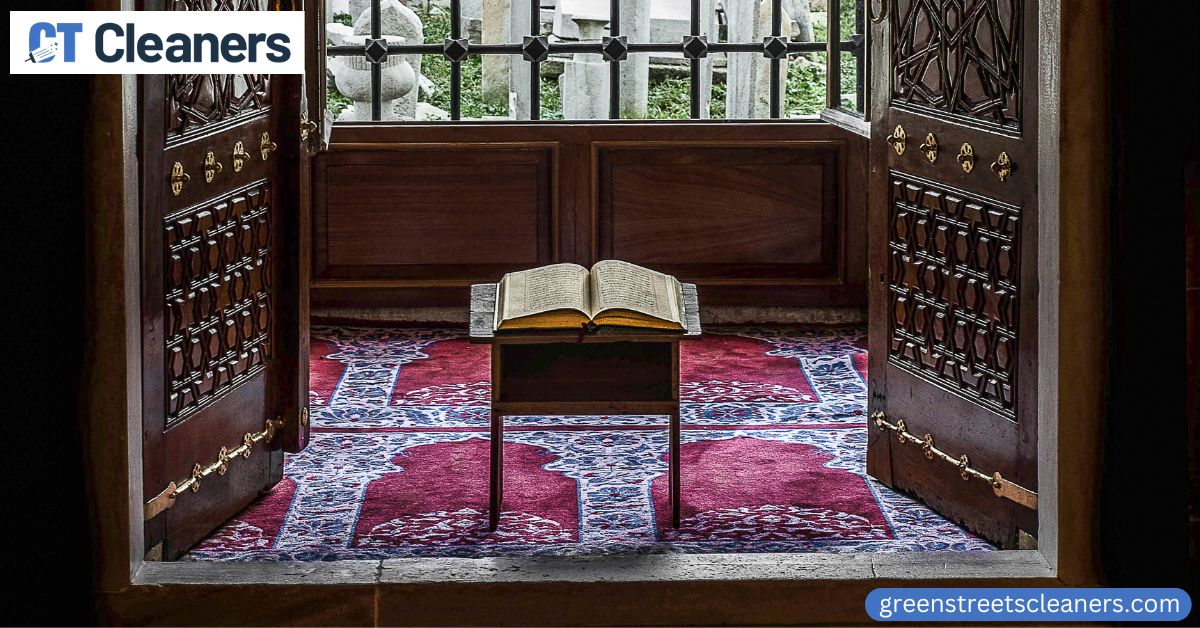Color correction is a process of adjusting the colors in an image so that they appear natural. This can be done with software or by hand, but it is usually done with software these days.
There are many different ways to go about color correction, but the most important thing is to make sure that the colors in your image look natural. If you have an antique carpet, you may want to consider professional restoration services to help you with color correction.
Professional restorers have experience correcting colors in all sorts of images, and they will know how to do it without damaging your carpet. They will also be able to give you advice on how to maintain the correct colors in your carpet over time.
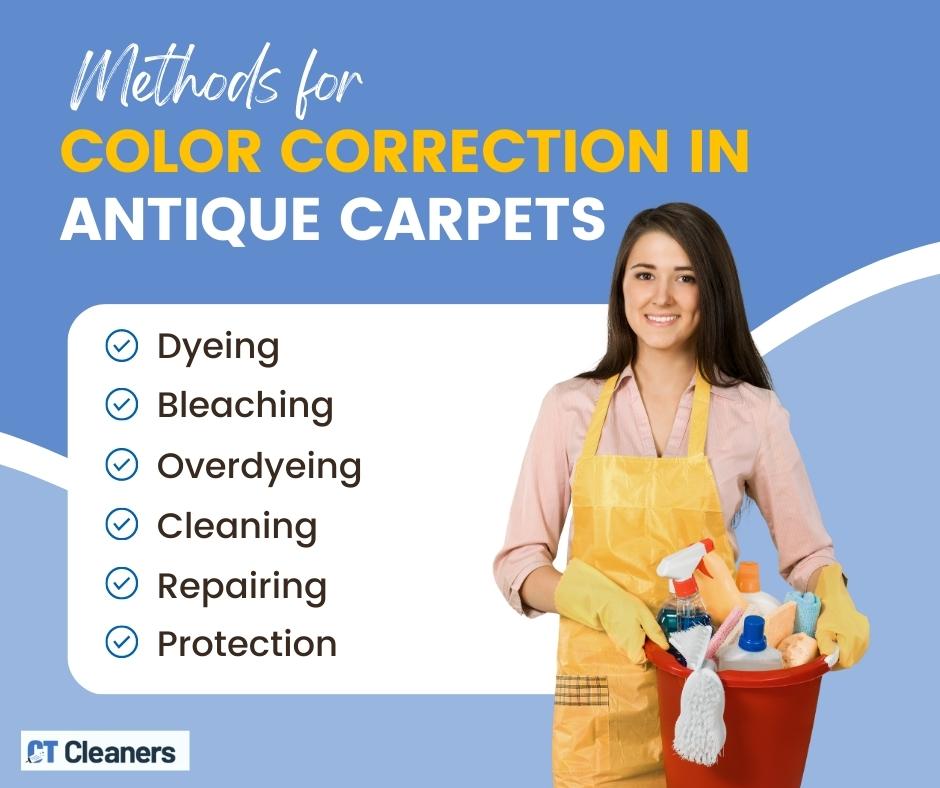
Importance of Professional Restoration for Antique Carpets
Professional carpet restoration is a highly important process for a variety of antique carpets. Through carpet restoration, carpet owners can extend the life of their cherished rugs and keep them in pristine condition for generations.
Professional carpet repair experts are able to restore textiles’ colors and textures that may have faded over time. And they can also eliminate any damage caused by wear and tear or environmental elements.
Additionally, carpet repair specialists are well-versed in spot cleaning and stain removal techniques to ensure that stubborn stains do not detract from these irreplaceable pieces. With proper maintenance, antique carpets can retain their beauty lifetime after lifetime.
Methods for Color Correction in Antique Carpets
Antique carpets are beautiful pieces of art that can add a unique touch to any home. However, many antique carpets have faded over time, making them less vibrant than they once were. Fortunately, there are methods for color correction in antique carpets that can help restore their original beauty and vibrancy.
This article will provide an overview of the different techniques used for color correction in antique carpets and explain how each method works. Additionally, it will discuss some tips on caring for your newly restored carpet so it remains as vibrant as possible for years to come.
- Dyeing: This is a process of adding color to the antique carpet to restore its original appearance or change its color.
- Bleaching: This method involves removing the discoloration or fading of an antique carpet to restore its original color.
- Overdyeing: This process involves adding a new color over the existing color of the antique carpet to change its appearance.
- Cleaning: Proper cleaning is crucial in restoring the colors of antique carpets. This involves removing dirt and grime that can cause discoloration.
- Repairing: Tears, holes, and other damages to an antique carpet can cause discoloration. Repairing these damages can restore the colors of the antique carpet.
- Protection: Proper storage and handling of antique carpets can help prevent discoloration and fading of colors. This includes using proper rug pads, avoiding direct sunlight and using proper cleaning methods.
Common Issues in Antique Carpet Color Correction
Adding a classic flair to any room, antique carpets are sought-after statement pieces that can bring character and charm. Unfortunately, their vivid hues may become dull or discolored over time due to aging and sun damage.
Luckily, there are several methods available for color-correcting antique carpets that can help restore their original vibrancy and beauty. Common issues in antique carpet color correction include fading due to sun damage, discoloration, and more.
With the right techniques and materials, these problems can be addressed successfully so that your beloved antique rug looks as good as new!
| Issue | Description |
| Fading |
Antique carpets can experience fading due to exposure to sunlight, environmental factors, and aging.
|
| Discoloration |
Discoloration can occur due to exposure to water, chemicals, and improper cleaning methods.
|
| Stains |
Stains can cause permanent discoloration in antique carpets and can be difficult to remove.
|
| Color bleed |
Color bleed can occur when dyes in the carpet bleed into each other, causing a mismatch of colors.
|
| Color Mismatch |
A color mismatch can occur when different sections of the carpet have different shades of color due to different levels of wear and tear.
|
| Damage |
Tears, holes, and other damage to an antique carpet can cause discoloration and affect its overall appearance.
|
“I was so impressed with your carpet repair services! My antique carpet looks like new again, and the color correction is perfect!”
-Steven R., Woods Pond
Factors Affecting Antique Carpet Colors
Carpet colors can be a great indicator of carpet age and wear. For example, if an antique carpet looks a bit dull in color compared to its original condition, this is a common sign of carpet aging.
Factors that can impact carpet colors include carpet cleaning practices, sun exposure, and air quality changes in the home or environment. To preserve the carpet colors seen in antique carpets today, it is important to practice regular carpet maintenance.
Regular vacuuming and carpet cleaning methods like hot water extraction will ensure dirt. And dust does not settle deep into the carpet fibers, causing further damage to the colors.
Even though natural and environmental factors may affect how an antique carpet looks with time, keeping up with regular care procedures can help preserve its colors for longer periods of time.
Tips for Maintaining the Color of Antique Carpets
Antique carpets can be an eye-catching addition to any room, but keeping the colors vibrant and vibrant can take a lot of work. Professional antique carpet cleaning should be performed on antique carpets to ensure that they stay in great condition long term.
Every so often, a carpet stain remover like CT cleaner should also be used as it is formulated specifically for antique rugs and helps remove dirt, dust, and oil without altering the antique’s color or texture. Avoid using excess water while cleaning antique carpets as well, since this may cause discoloration or degrading of the material.
Lastly, make sure to never use any abrasive products such as bleaches or detergents on antique carpets since these can also alter the color over time. These helpful tips should help maintain antique carpets and keep them looking as good as new for many years!
In conclusion, antique carpets are beautiful pieces of art that can bring a unique charm to any home. However, their vibrant colors may fade over time due to age and environmental factors.
Fortunately, there are several methods available for color correction in antique carpets that can help restore their original beauty and vibrancy. Professional carpet restoration is one important step in maintaining the appearance of an antique rug.
But regular maintenance such as vacuuming and spot cleaning should also be done on a regular basis. By following these tips, you can ensure your beloved antique rugs remain vibrant lifetime after lifetime!
Our latest work






